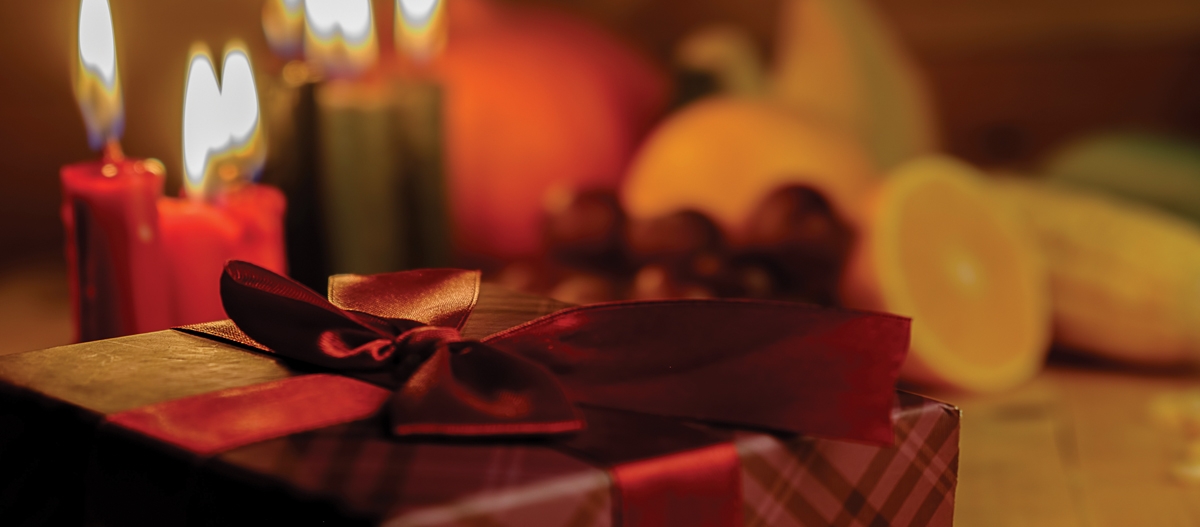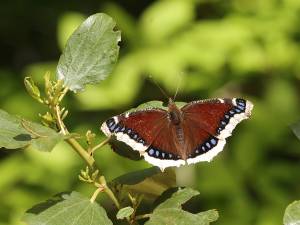By KATHLEEN MULROY
Heri za Kwanzaa! (Happy Kwanzaa!) Kwanzaa is a seven-day, African-American and pan-African holiday celebrating family, community, and culture. A cultural rather than religious holiday, it was created in 1966 by Dr. Maulana Karenga, a professor and chair of Africana Studies at California State University, Long Beach.
Beginning on December 26 and ending on January 1, the festival celebrates the community values and practices of continental Africa, as well as African-American culture.
The term Kwanzaa comes from the Swahili phrase Matunda ya Kwanza, which means first fruits. The first harvest (or first fruits) of the year in Africa has been celebrated since ancient times. During these traditional festivals, celebrants recognize the importance of bonds between people, express reverence for tradition and ancestors, and offer gratitude for the bounty of creation.
All of the terms used during Kwanzaa are from the Swahili language. Swahili was chosen to reflect a commitment to all of Africa and its cultures, rather than to a specific ethnic, national group, or culture.
Families and community groups organize Kwanzaa activities around the Nguzo Saba (The Seven Principles).
On each of the seven days of Kwanzaa, participants celebrate a principle: On the first day: Umoja (Unity); on the second day, Kjuichagulia (Self-Determination); on the third day, Ujima (Collective Work and Responsibility); on the fourth day, Ujamaa (Cooperative Economics); on the fifth day, Nia (Purpose); on the sixth day, Kuumba (Creativity); and on the seventh day, Imani (Faith) is celebrated.
Several symbols are used during the festival. First is a mat, on which the celebrants place specific Kwanzaa items. These include a unity cup, which is used to pour libations (liquid offerings); a candlestick with seven candle holders; seven candles, representing The Seven Principles; ears of corn representing the harvest; the Kwanzaa flag; and a poster depicting the Principles. Kwanzaa colors are the pan-African colors of red, black, and green.
The Kwanzaa flag consists of three blocks, one in each of these colors. The shape of the candle holder (ideally, carved from a single piece of wood) was inspired by the form of the Ashanti royal throne. Three of the seven candles are red, three are green, and one is black. Decorations used during the festival can include traditional African items such as baskets, cloth patterns, and art objects.
Participants may celebrate with feasts (karamu), music, dance, and poetry. Gifts, which are mainly given to children, typically include a book and a heritage symbol. The book is to emphasize the African value and tradition of learning, and the heritage symbol is to reaffirm and reinforce the African commitment to tradition and history.
Kwanzaa ends with a day dedicated to reflection and recommitment to the values of the festival. Dr. Karenga wrote of this day, “It is a time for sober assessment of things done and things to do, for self-reflection, reflection on the life and future of the people, and for recommitment to their highest cultural values. It is for us then a time to ask and answer soberly and humbly three questions: Who am I? Am I really who I say I am? Am I all I ought to be? We (must) recommit ourselves to our highest ideals—to the best of what it means to be both African and human in the fullest sense.” MSN
A Kwanzaa Meditation
(Odu Ifa)
(translated from Swahili)
Let us not engage the world hurriedly.
Let us not grasp at the rope of wealth impatiently.
That which should be treated with mature judgement,
Let us not deal with in a state of anger.
When we arrive at a cool place, let us rest fully.
Let us give continuous attention to the future.
Let us give deep consideration to the consequences of things.
And let us do this because of our (eventual) passing.
By Eji Ogbe









